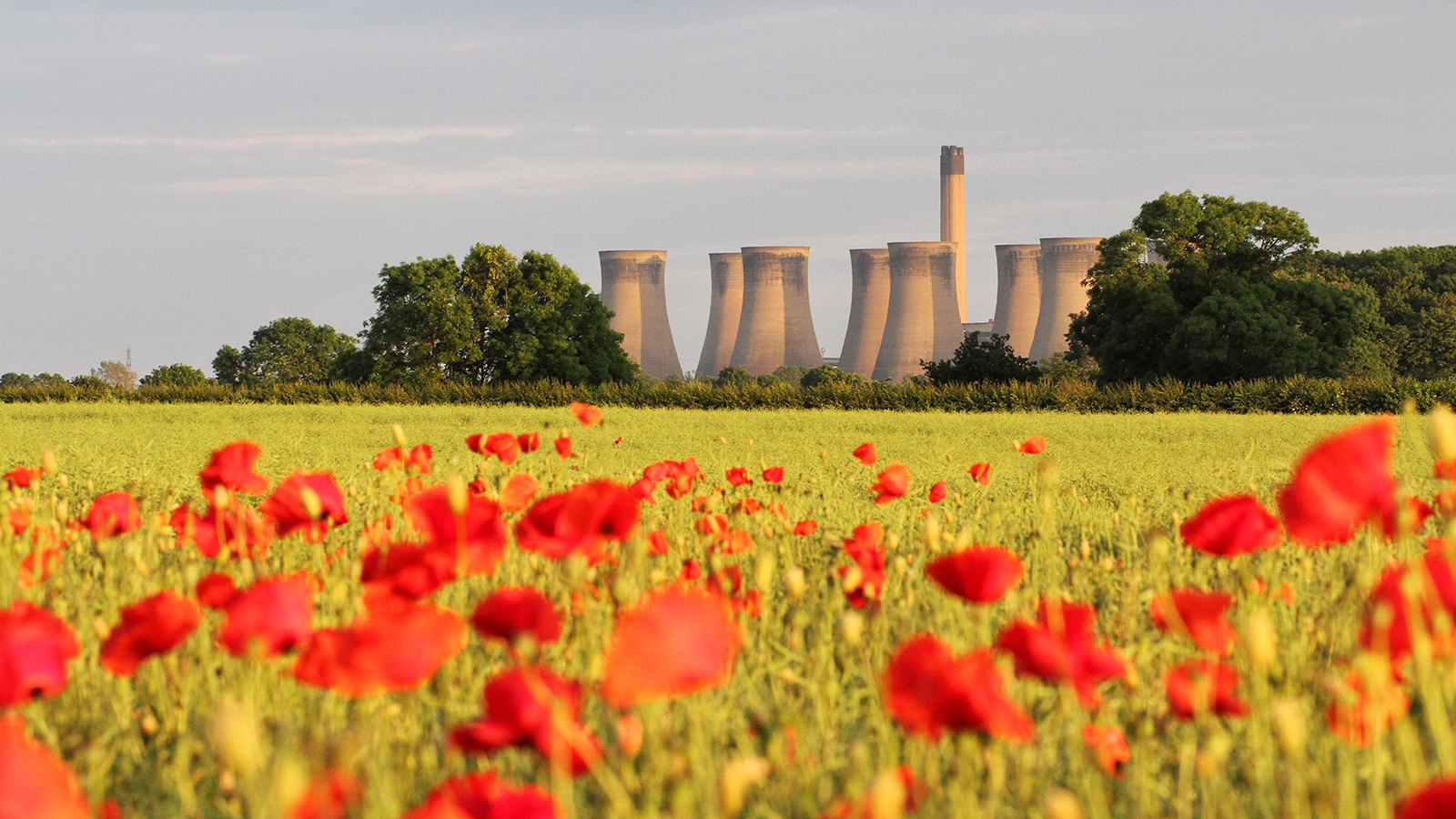After holding steady for the past three years, global carbon emissions rose in 2017 by an estimated 2 percent. That increase comes amid the largest renewable energy boom in world history.
That irony points to what I see as an inescapable conclusion: The world probably can’t solve climate change without nuclear power.
Something big has to change, and fast, in order to prevent us from going over the climate cliff. Increasingly, that something appears to be a shift in our attitudes toward nuclear energy.
By nearly all accounts, nuclear is the most rapidly scalable form of carbon-free power invented. And, the technology is rapidly improving. But lingering concerns about waste and safety have kept nuclear power from staying competitive.
Solar power has grown at a whopping 68 percent average rate over the past 10 years, but still accounts for less than 2 percent of total U.S. electricity generation. The 99 reactors in the U.S. generate about 10 times that amount. Roughly 30 nuclear facilities are set to retire in the next few years because those plants have become economically infeasible. (California regulators voted unanimously Thursday to shutter Diablo Canyon, the state’s last remaining plant, in 2025.) That’s despite these facilities producing more than double the amount of electricity than all the solar panels in the United States combined.
“In 2016, renewables received about 100 times more in federal subsidies than nuclear plants,” Michael Shellenberger, founder of the Berkeley, California-based, pro-nuclear advocacy group Environmental Progress, wrote in an email to Grist. “If nuclear received a fraction of those subsidies, there would be no risk of nuclear plants closing in California or anywhere else.”
Jesse Jenkins, a researcher at the Massachusetts Institute of Technology’s Center for Energy and Environmental Policy Research, reveals in a preliminary scientific paper — meaning it’s still awaiting peer review — that the rapid decline in the cost of natural gas has been the driving factor in undercutting the electricity market in the U.S. Midwest and Mid-Atlantic. Those regions are home to a majority of the nuclear reactors now expected to go offline.
The take home? The advent of fracking — in addition to being the fastest-growing source of emissions in the U.S. — is also cannibalizing what is currently our biggest source of carbon-free electricity.
A similar story is playing out in Germany. The country’s nuclear power plants have been shuttered with only part of the capacity replaced by wind and solar. Dirty coal has filled the gaps. So it’s no surprise, German electricity sector emissions are actually rising slightly — and the country’s leaders are now considering scrapping an ambitious climate goal for 2020.
Jenkins wrote on Twitter that Germany’s shift in energy policy was misguided and resulted effectively in fossil fuels replacing much of the missing nuclear power — a pattern that’s playing out at home, as well. To get to a cleaner energy mix faster, you’d want to nix coal before nuclear.
Even if you believe 100% renewable energy is the end goal, if you think climate change is really an urgent existential threat, the order of operations is clearly phase our coal, then gas, then nuclear. Germany is doing opposite.
— Jesse D. Jenkins (@JesseJenkins) January 9, 2018
For once-and-future climate leaders like Germany and the United States to turn their backs on one of the best tools we have for rapidly decarbonizing the global economy is a short-sighted decision of international and multi-generational consequence. It’s also a climate story few people are talking about.
Historically, nuclear power has been the fastest way to decarbonize the global economy, Shellenberger argues, and it can be again. New reactor designs offer a generational leap in terms of cost and safety, but proponents have so far struggled to secure the billions of dollars in funding that renewables are getting.
Big name climate experts, like former NASA scientists James Hansen agree that a bias against nuclear is holding it back. He and Shellenberger see support for the industry as a tactic for attracting the Trump Administration’s attention on climate policy. (In September, the Trump administration made a conditional loan to help finish the construction of a languishing nuclear power project in Georgia.)
The sheer urgency of climate change demands an all-of-the-above approach to making carbon-free energy.
“If we discovered nuclear power today, we would be working like mad to make it as safe and cheap as possible,” Stanford University climate scientist Ken Caldeira tweeted last summer.
But resistance by mainstream environmental organizations has helped stymie that progress. And the most ardent supporter of climate change legislation in last year’s presidential election, Bernie Sanders, ran on an anti-nuclear platform. (In December, Shellenberger announced he is running for California governor as an explicitly pro-environment, pro-nuclear independent.)
The more the world feels the powerful effects of climate change and the longer we wait to reduce emissions the more attractive nuclear energy could become. On our current track, scientists are increasingly alarmed that multiple simultaneous weather and environmental disasters — like last year’s horrific hurricanes and wildfires — could ultimately bend society to the breaking point in our lifetimes.
If we were smart, we’d see nuclear power for what it is: A good bet to save the world.



